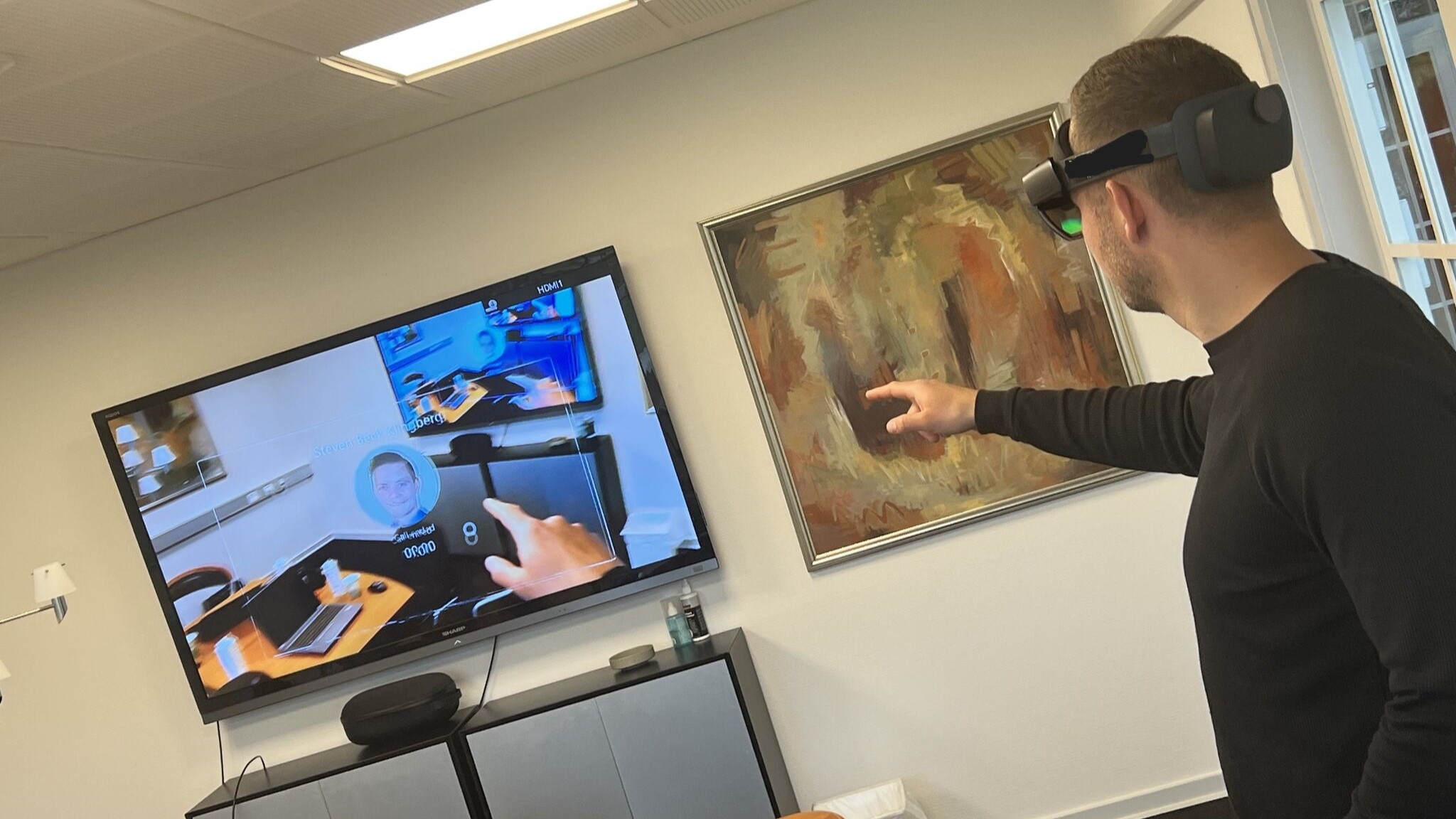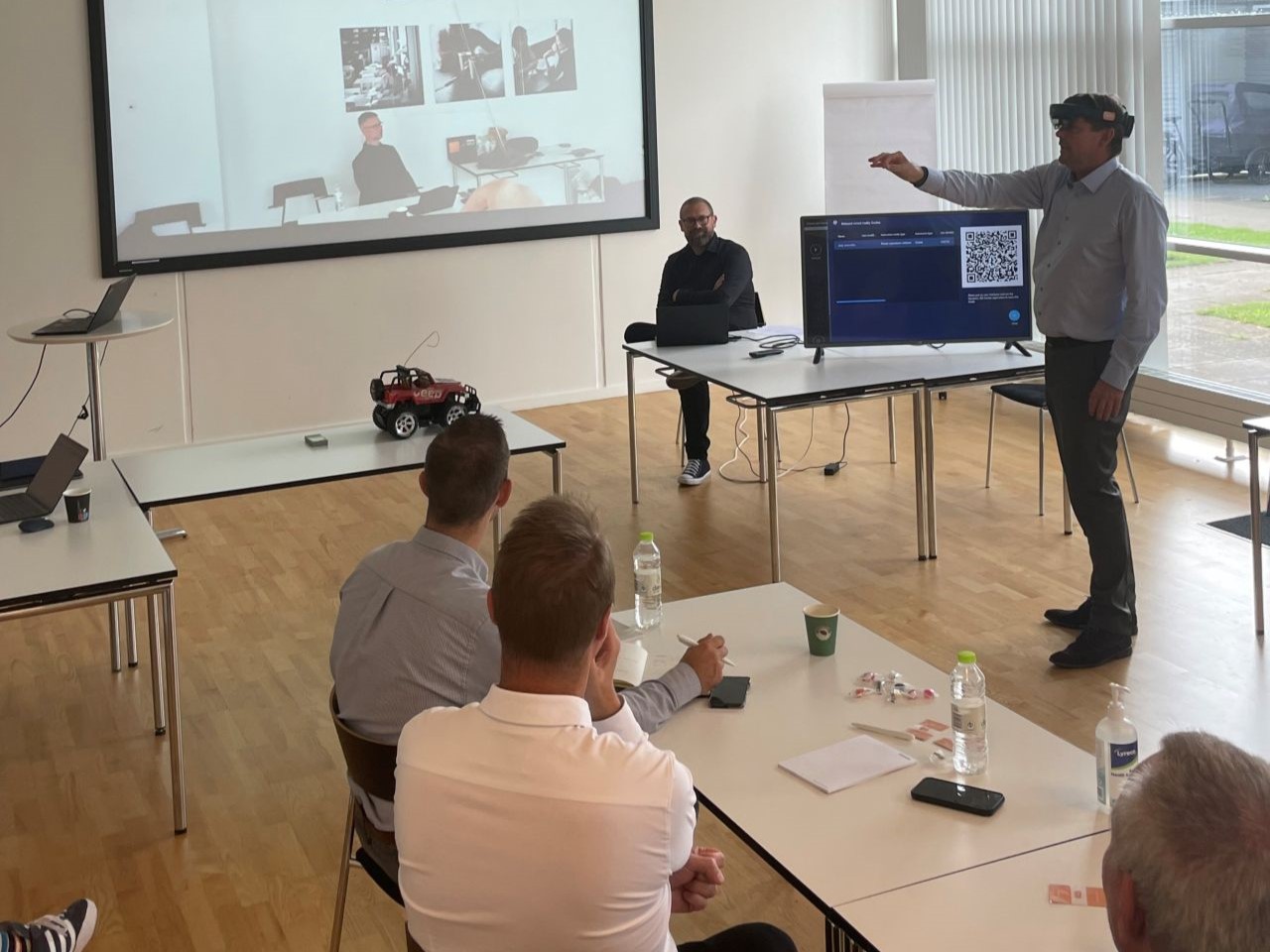What keeps manufacturers up at night? Figuring out how to compete in an ever-changing environment. Today, manufacturers face three major trends that affect the way they do business.
- Geopolitical disruptions, trade tensions and the COVID-19 pandemic heightened the risks associated with complex supply chains. As a result, companies want to source inputs and manufacture products closer to their consumers.
- Digital skills are no longer solely the purview of the IT department. Rising labor costs, the complexities of remote work and the increasing use of shop-floor automation have combined to make digital skills a must for just about anyone who works in manufacturing.
- The impacts of climate change are becoming clearer with each new record temperature, wildfire and extreme storm. Activism and government regulations and incentives have motivated more consumers to purchase products from companies that make concerted efforts to decrease their carbon footprint. And even when you take consumer demands out of the equation, rises in traditional energy costs have made renewable energy increasingly worth the investment.
Manufacturers can address all these challenges using mixed reality (MR): with mixed reality, you can continue delivering some scope of work remotely, you can scale current employees’ skill sets and lower your company’s carbon footprint by drastically reducing the number of flights necessary for operations.
Mixed Reality solutions offer one of the quickest returns on investment
According to Gartner, 40% of organizations blend virtual and physical experiences today, improving workforce productivity and customer reach. Manufacturers can expect a return of 30% or more on average from investments in mixed reality.
Mixed reality can help manufacturers be more resilient and agile to drive business growth and have a tangible impact on the bottom line.
What is Mixed Reality
Mixed reality is best understood in the context of two more established technologies: virtual reality (VR) and augmented reality (AR). Like MR, they both use headsets, computing hardware, and unique software to deliver an experience that blurs the line between the real and the artificial. Virtual reality involves interacting with virtual objects in a fully immersive artificial environment. Augmented reality overlays virtual objects onto the real-world environment, and users can interact with those virtual objects using a tablet or other device.
Mixed reality combines a virtual environment with the real world. Holographic headsets like Microsoft’s HoloLens 2 can overlay 3D visuals and use Dynamics 365 (D365) software, such as Remote Assist and Guides, to allow users to work “hands-free” and “heads-up.”

The current state of the MR market
When immersive VR/AR technology first came to market, some overhyped it. Although this technology hasn’t yet gone mainstream, the statistics point to a changing landscape where MR is beginning to be an opportunity companies want to leverage in enterprise and commercial environments.
According to a report by IoT Analytics and Microsoft, digital twins and augmented reality technology, major elements of the industrial version of the metaverse, have not been widely adopted yet — but more and more manufacturers are exploring their possibilities. 45% of the companies that responded to Microsoft’s survey are currently in the development and PoC stage for digital twins, while 39% are in that stage for AR use cases. Furthermore, 26% of those companies plan to increase spending on digital twins over the next three years, and 22% say they plan to increase spending on AR. To stay ahead of the curve, we recommend looking into this area of technology as it can be beneficial for your business.
But in today's landscape, especially given the talent shortage, prioritizing MR becomes crucial
"In many organizations, internal projects often compete for attention and resources," says Lars Djernæs, Columbus Expert and Mixed Reality Enthusiast. "But in today's landscape, especially given the talent shortage, prioritizing MR becomes crucial. Think about the seasoned employees who've been with the company for decades. They possess invaluable knowledge of various processes. By documenting this expertise electronically through MR, it becomes scalable. Suddenly, everyone has access to that knowledge, ensuring consistency and excellence across the business."
Practical application for Mixed Reality in manufacturing
Here are a few practical ways manufacturers use mixed reality today to solve business challenges, increase productivity and reduce costs:
Remote inspection and commissioning
In the past, whenever inspectors, auditors and commissioning technicians needed deep-level operational input from experts to solve problems on factory floors and commissioning sites, those experts would have no choice but to hop on a plane and fly to the factory. Now, MR video headsets let experts and employees see the problem at the same time, and MR annotations allow the experts to easily walk through audit checklists with a remote auditor and control if employees are following safety guidelines, no matter where they are. Manufacturers can save an average of $3,500 every time they avoid having to physically send an expert on a trip to a factory somewhere else in the world.
"Mixed Reality solutions offer one of the quickest returns on investment," notes Lars. "Imagine if you could avoid even a single international trip for a key employee. The savings are significant. Some may be wary of the initial cost of MR tools, but it's important to see the larger value – the substantial savings over time. And while tools like the Hololens provide an enhanced experience, more accessible devices like tablets or smartphones can also serve the purpose."
Production floor operations training
Traditionally, manufacturers documented production processes in complex technical manuals, often using a mix of text-heavy work instructions and static drawings. While that may be enough for some employees to grasp the nuances of tasks, many others will find themselves overwhelmed and unsure. The gap between theory and practice can be wide, especially when the process in question is highly sophisticated. When manufacturers can’t shrink that gap, they risk dealing with a rocky employee onboarding process, less productivity and lower assembly quality.
Then there are face-to-face trainings, which require a trainer to check how well new employees can replicate certain tasks on real equipment. While these trainings obviously have the benefit of direct contact, they can be more expensive and depend on the availability of expert trainers at a specific location.
An MR headset like the HoloLens2, when using D365 Guides and Supply Chain Management software, empowers manufacturing organizations to offer expansive training programs that teach skills and processes specific to their offerings and production needs. As a result, manufacturers often see direct improvements in learning and retention, quality of work and downtime. Training cost savings are significant, too: MR can reduce training time by 75% at an average savings of $30 per labor hour.
Field service operations
Machine manufacturers and service organizations need to keep their customers running at full capacity, but that’s easier said than done in today’s landscape. As more experienced workers continue to leave the workforce, real expertise is more valuable and in demand than ever, and there’s only so much to go around. Experts can’t be everywhere at once, especially when customers are in far-flung locations around the globe — but MR can virtually put experts in lots of different places in short order.
Service providers can compile the most pertinent info in D365 Guides software, seamlessly integrate the guides with the relevant work orders in D365 Field Service software and place all that info in the site technician’s line of sight using interactive annotations and contextual data overlays on the HoloLens 2. Manufacturers can serve more customers by using MR to enable real-time collaboration between site technicians and remote experts. Between this and other key functions, adopting MR can increase a manufacturer’s revenue by up to 5%.

MR helps generate revenue through servitization
Manufacturers will struggle to grow if all they do is manufacture products. They also need to provide services — and MR can help. Let’s say that you decide to offer a maintenance service to help customers anticipate when they may need a part replaced. With sensors on machines monitoring performance and immersive technology, you can perform the maintenance service remotely, forecasting any problems and allowing you to produce and ship a replacement part before the original part actually breaks. This sort of service helps form a deeper connection between manufacturer and customer, creating a distinction in the marketplace.
Technology, integration and cloud considerations to succeed with Mixed Reality
One of the first things to assess before considering a mixed-reality solution is what other technologies need to integrate. While it is still possible to launch Microsoft HoloLens 2, Dynamic 365 Remote Assist or Dynamics 365 Guides independently and even on-premise, integrating with a Cloud ERP will provide additional benefits and enable seamless data exchange between systems.
In most cases, cloud ERP is the first step to harness all the benefits of mixed reality capabilities.
While you need the right technology as your foundation, any move to the cloud can get quite complex, especially when you have your own business to run.
As an expert in manufacturing, your experience makes you aware of all the pitfalls you most be mindful of in your business operations. Similarly, we are adept at digital transformation projects at Columbus. Through the years, we developed OnTarget Delivery Methodology, the framework we use to run multiple agile projects simultaneously. This methodology gives a roadmap on what otherwise is uncharted territory for manufacturers, step-by-step updates to your digital platform that minimizes disruption while allowing for new opportunities.
Deploy mixed-reality solutions the right way
The benefits of mixed reality for manufacturers are clear, but executing your mixed-reality vision without guidance is not always easy. You will likely face a few bumps along the road, but they aren’t insurmountable with these things in mind.
First, technology is never enough. To ensure your team uses the mixed-reality solutions you deploy to help you achieve your business goals, you need to change processes and the mindsets of your people. This requires a cultural shift and effective change management. In fact, 33% of manufacturers cited effective change management as the largest barrier to attaining their business goals. It’s critical to help your people understand the value of mixed reality and how it will make their jobs more efficient to boost technology adoption.
When we work with our customers, change management is usually one of the most overlooked – and undervalued — components in IT transformations. Often, we see projects get stuck as a result.
Situations like this are often overlooked but can be addressed earlier if you have the people side of change under control
For example, one of our customers faced challenges in getting their employees to adopt new technology, often sticking to older methods. An issue was users forgetting basic steps, like how to wear or activate the device. In response, we've developed a 'push-and-play' startup method, making it easier for employees to start up a device. "Situations like this are often overlooked but can be addressed earlier if you have the people side of change under control," says Lars. "We're optimistic this adjustment will enhance user experience moving forward and overcome this challenge".
Alternatively, the best approach is to collaborate. Business leaders, stakeholders and team members need to stay involved and committed. Working together as partners, we bring our expertise and best practices for technology implementation to the project while your team provides its operational perspective. Both are key to a successful launch of mixed-reality initiatives.
Our primary focus at Columbus is helping our customers achieve real business value from technology. In some cases, we might even realize a course correction is necessary. For example, we were talking with one of our biggest clients about implementing a new ERP system. During that conversation, we realized starting a CRM system project would be more beneficial to them at the time.
Strategy should always be practical and tailored to your needs and industry best practices. At Columbus, we combine technology expertise with industry knowledge and a deep understanding of your business. When we work together toward a common goal, the result is the best outcome for you.
